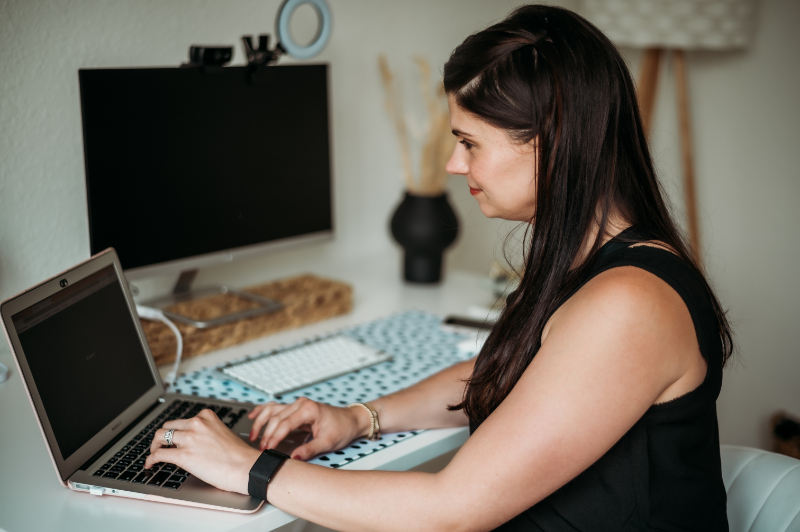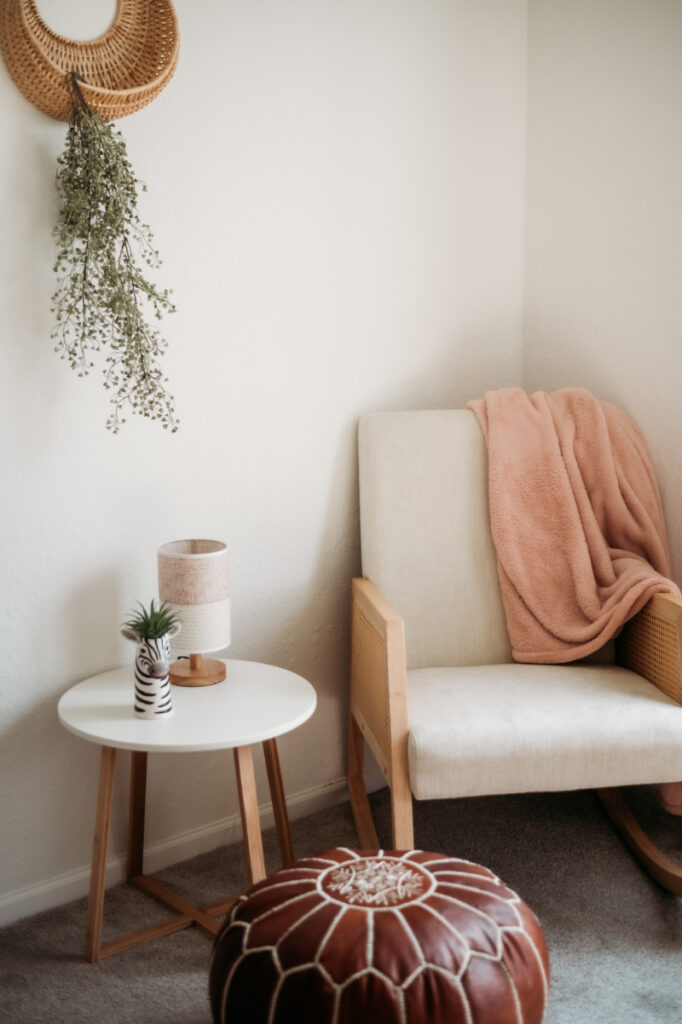The Subtle Ways OCD Shows Up in Daily Life: Spotting Hidden Compulsions
February 4, 2025
OCD is sneaky. It’s not always about obvious rituals like handwashing or checking locks. Sometimes, it hides in plain sight—woven into daily habits, decisions, and thoughts that feel necessary but are actually driven by fear. These hidden compulsions can be just as powerful (and exhausting) as the ones people typically associate with OCD.
The problem? Many people don’t even realize they’re engaging in them. And if you can’t see them, you can’t challenge them.
So today, let’s break it all down—what hidden compulsions are, how they show up in daily life, and most importantly, how to break free.

WHAT ARE HIDDEN COMPULSIONS?
A hidden compulsion is any mental or behavioral action you take to reduce anxiety, uncertainty, or discomfort caused by an intrusive thought. Unlike obvious compulsions (like tapping, counting, or physically checking something), hidden compulsions are more subtle. They happen inside your mind or blend into daily routines in a way that makes them harder to catch.
Here’s the tricky part: hidden compulsions often feel rational or even responsible. You might not recognize them as compulsions at all. But if an action is done to “neutralize” a thought, provide reassurance, or create a sense of certainty, it’s likely feeding the OCD cycle.
COMMON HIDDEN COMPULSIONS IN DAILY LIFE
Because hidden compulsions don’t stand out the way physical rituals do, they can slip into all areas of life. Here’s where they tend to show up most:
At Work
- Over-Preparing Emails or Reports: Rereading, tweaking, and obsessing over wording to avoid making a mistake (not because it’s helpful, but because it feels necessary).
- Seeking Excessive Reassurance: Asking colleagues or bosses for repeated feedback to ease self-doubt.
- Avoiding Specific Tasks: Dodging projects that trigger uncertainty or perfectionism.
- Mental Reviewing: Replaying past conversations or interactions to make sure you didn’t say something wrong.
At Home
- Rearranging Items Until They “Feel Right”: Adjusting pillows, furniture, or decorations in a way that’s about anxiety relief, not preference.
- Repeating Actions Mentally: Replaying whether you turned off the stove or locked the door, even though you already checked.
- Mental List-Making: Compulsively going over to-do lists in your head to avoid the fear of forgetting something.
In Relationships
- Seeking Constant Reassurance: Asking loved ones if they’re upset, if they still love you, or if you did something wrong.
- Overanalyzing Interactions: Scrutinizing every text or conversation to make sure you didn’t offend someone.
- Avoiding Certain Conversations: Steering clear of deep or uncertain topics out of fear of saying the “wrong” thing.
With Technology
- Compulsive Researching: Googling symptoms, facts, or answers to ease uncertainty (instead of accepting the unknown).
- Excessive Social Media Checking: Looking for validation, reassurance, or proof that everything is “okay.”
- Re-Reading Messages: Going back over texts or emails multiple times to check for errors or unintended meanings.
If technology is a big trigger for you, I wrote more about that here: How Technology Affects Mental Health.

WHY SPOTTING HIDDEN COMPULSIONS MATTERS
Here’s the hard truth: any compulsion—hidden or not—reinforces OCD. Every time you act on a compulsion, you send your brain the message that the intrusive thought was important, dangerous, or needed fixing. This strengthens the OCD cycle.
When hidden compulsions go unchecked, they can:
- Make OCD symptoms worse over time
- Increase anxiety and doubt
- Drain mental energy and time
- Keep you stuck in fear instead of moving forward
Recognizing these compulsions is the first step toward breaking free.
HOW TO IDENTIFY YOUR OWN HIDDEN COMPULSIONS
Since hidden compulsions can feel automatic, spotting them takes practice. Here are some ways to start:
- Notice when you “have to” do something. Ask yourself: “Do I feel like I have to do this to avoid anxiety or uncertainty?” If the answer is yes, it’s likely a compulsion.
- Pay attention to mental rituals. Are you constantly replaying, analyzing, or mentally checking things? Those are hidden compulsions.
- Check your motivation. Are you doing something because it truly helps—or because it temporarily eases distress? (There’s a big difference.)
- Challenge yourself to stop. If you resist the behavior, does anxiety increase? If so, it’s probably a compulsion.
With practice, you can start responding differently, proving to yourself that you don’t need compulsions to feel safe. You are capable of sitting with uncertainty—and the more you do, the less control OCD will have over you.
BREAKING THE CYCLE OF HIDDEN COMPULSIONS
Once you spot hidden compulsions, the next step is to challenge them. This isn’t easy (OCD will push back), but here’s how you can start:
- Instead of asking for reassurance, sit with the discomfort. Let yourself feel uncertain without “fixing” it.
- If you always re-read emails five times, try stopping at two. If you mentally review interactions, delay it by an hour. Small steps matter.
- Practice sitting with uncertainty. Let intrusive thoughts exist without acting on them. Remind yourself, “I don’t need to solve this right now.”
- Use exposure therapy techniques. Gradually expose yourself to the discomfort without responding with a compulsion. This weakens OCD’s hold over time.
Most importantly—be patient with yourself. Breaking free from compulsions takes time, but every small step forward is progress.

FINAL THOUGHTS
Hidden compulsions might not be as obvious as traditional OCD rituals, but they’re just as important to recognize. The more you can spot them, the more power you have to break the cycle.
Start small. Choose one hidden compulsion to challenge today. Even that one step can start shifting things in a healthier direction.
And remember—you are capable of handling uncertainty. You are stronger than your OCD wants you to believe.
LET’S KEEP THIS GOING
If you found this helpful, I have plenty more resources to support you. My OCD and Anxiety Recovery Blueprint is a step-by-step guide designed to help you break free from OCD and anxiety. If you prefer listening, check out my podcast, All The Hard Things, where I dive deep into OCD, anxiety, and recovery strategies. You can also connect with me on Instagram for daily insights, tips, and encouragement. And if you’re looking for hands-on tools to challenge OCD, my Break Free Action Cards can help you build resilience and take action toward recovery.
You’ve got this. Keep going.
most popular episodes
Love my podcast?
Episode 112: Postpartum OCD and False Memory OCD
Imagine how in depth I can go in an online course. Instantly downloadable and game-changing. Take the next step towards an amazing life.